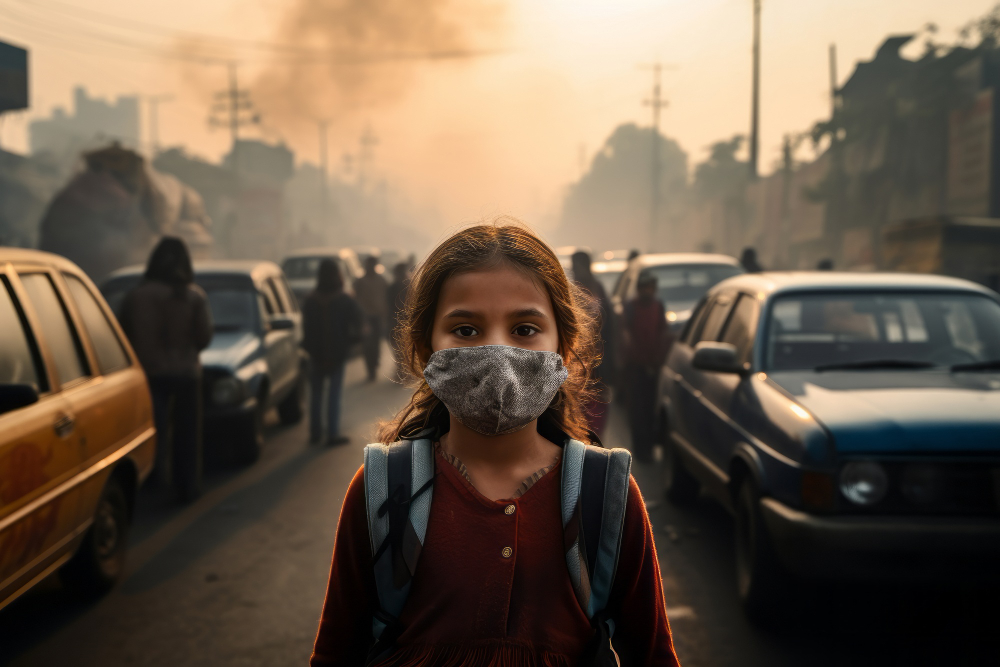health transformation
knowledge portal
Joaquim Cardoso MSc
Founder and Chief Researcher, Editor & Strategist
April 3, 2024
What is the message?
The transition to zero-emission vehicles powered by renewable energy presents a crucial opportunity to mitigate vehicular pollution and its devastating health impacts, particularly on vulnerable populations such as children and the elderly.

This summary is based on the article “Vehicular Pollution: New Roadmap to Avoid Millions of Early Deaths and Cases of Childhood Asthma” published by Health Policy Watch and written by Chetan Bhattacharji on April 1, 2024.
What are the key points?
Health Benefits of Zero-Emission Vehicles:
The International Council on Clean Transportation (ICCT) advocates for immediate action to shift to zero-emissions vehicles to reduce pollutants like ozone (O3), nitrogen dioxide (NO2), and PM2.5, thereby preventing millions of premature deaths and cases of childhood asthma.
Children, especially toddlers, are particularly vulnerable to vehicular emissions due to their faster breathing rate and proximity to exhaust pipes.
Global Health Impact Assessment:
The ICCT’s report provides a comprehensive evaluation of vehicular pollution’s impact across 186 countries, projecting health benefits under various emissions scenarios.
The most ambitious scenario could avoid up to 2.4 million premature deaths and 1.7 million cases of pediatric asthma between 2023 and 2040.
Disparities and Challenges:
Low-income and middle-income countries, particularly in the Global South, stand to benefit the most from emission control measures, given their high pollution levels and inadequate regulations.
Lack of stringent emission standards and policy enforcement exacerbates the health burden, especially in urban areas with concentrated vehicular emissions.
Policy Recommendations and Case Studies:
Successful initiatives, such as London’s measures to reduce vehicular pollution, demonstrate the effectiveness of integrated approaches including electrification, emission norms, and urban planning.
Urgent policy action and international cooperation are essential to address air pollution’s health impacts and mitigate climate change.
What are the key statistics?
Transitioning to zero-emission vehicles could avoid 1.9 to 2.4 million premature deaths by 2040.
Urban areas account for two-thirds of global pediatric asthma cases, highlighting the need for targeted interventions.
What are the key examples?
The case of Ella Roberta Adoo Kissi Debrah underscores the lethal impact of air pollution on vulnerable individuals, prompting advocacy efforts against vehicular emissions.
London’s successful reduction of nitrogen dioxide levels through emission control measures serves as a model for other cities.
Conclusion
The urgency of transitioning to zero-emission vehicles is underscored by the significant health benefits it offers, particularly in reducing premature deaths and childhood asthma cases.
To achieve these benefits, ambitious policy action, technological innovation, and international collaboration are imperative, with a focus on addressing disparities and ensuring equitable access to cleaner air for all.
To read the original publication, click here.











